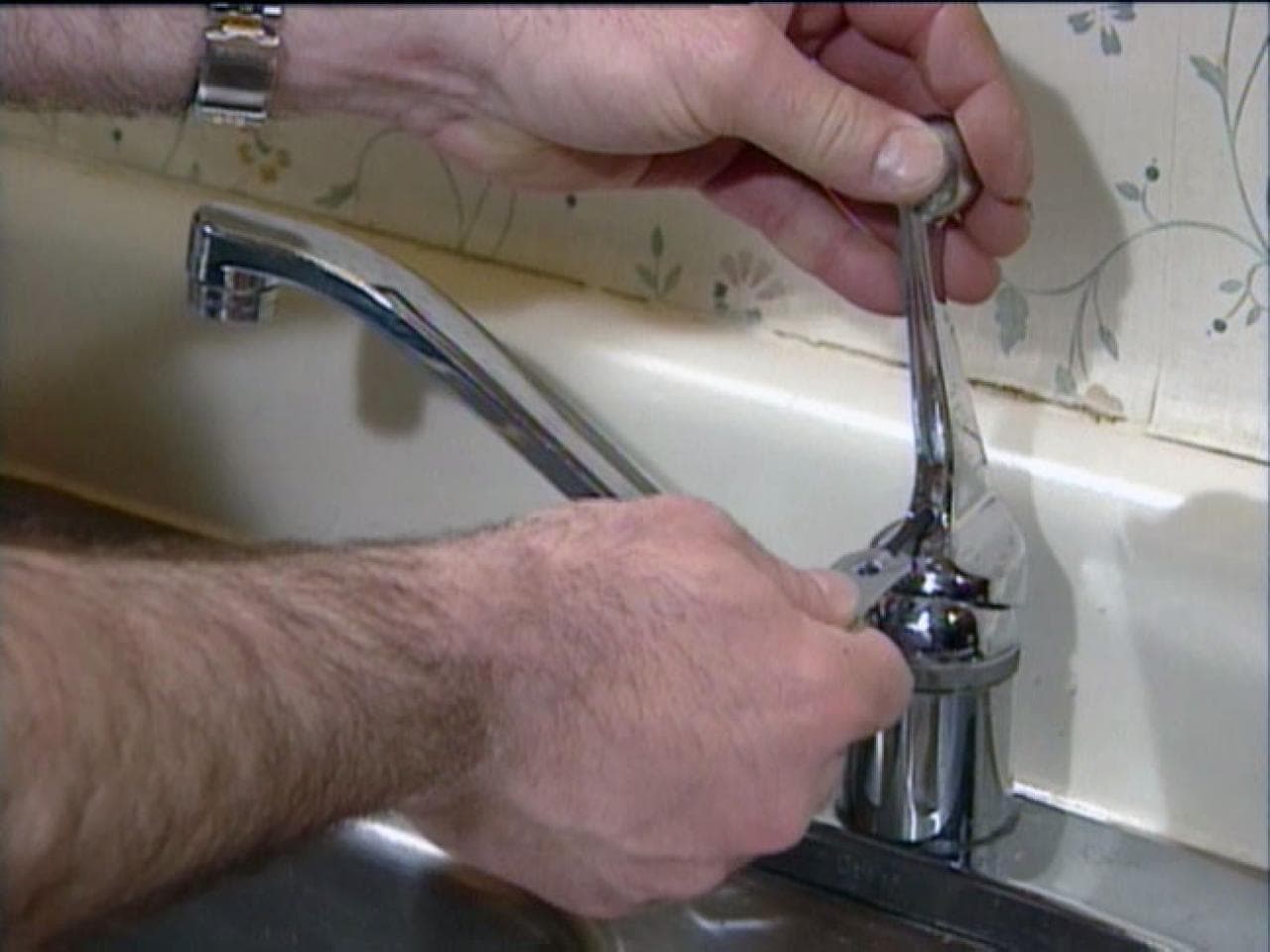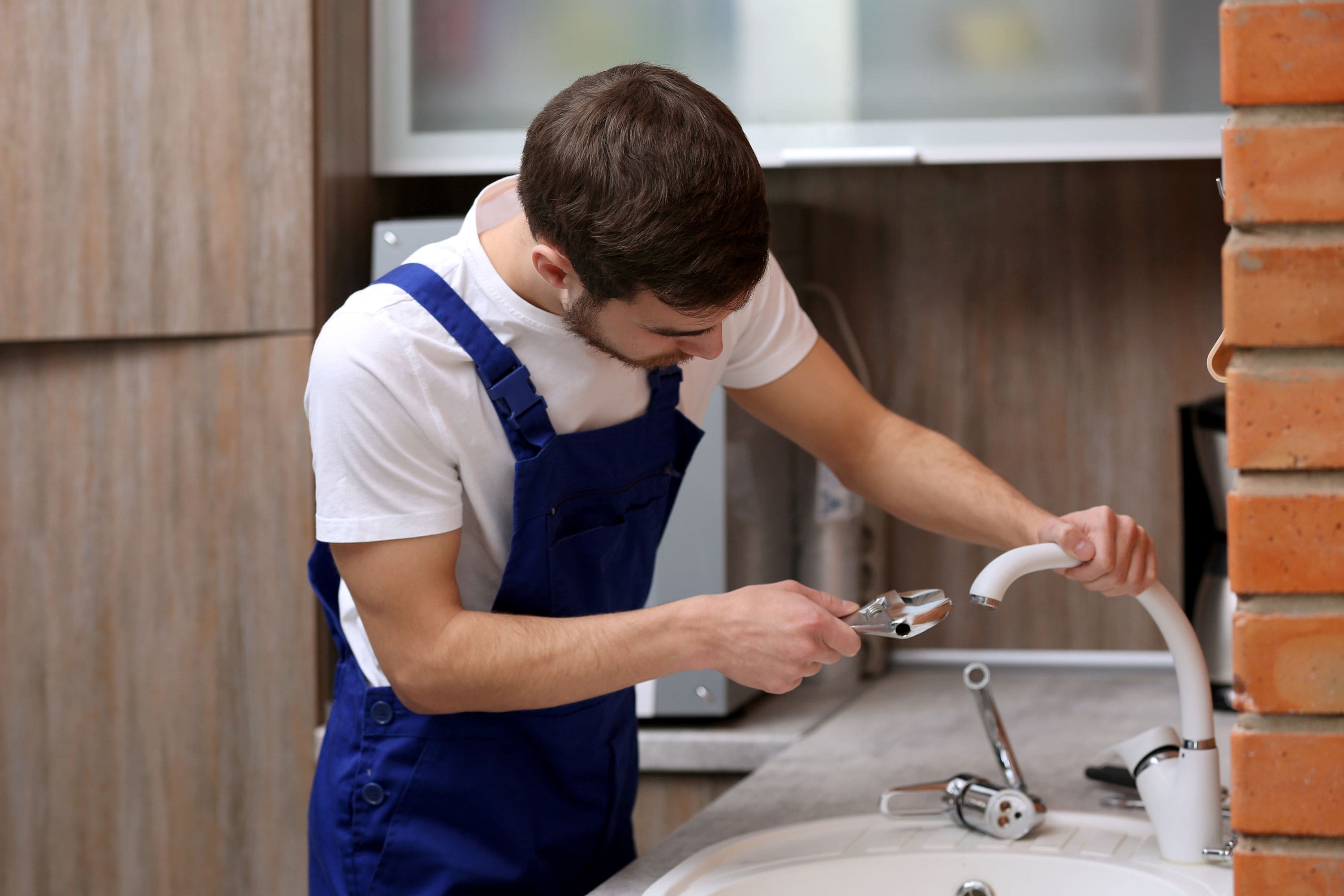Why It's Essential to Mend a Leaking Faucet
Why It's Essential to Mend a Leaking Faucet
Blog Article
How do you really feel in relation to Water Dripping from Faucet: Why and How to Fix?

Leaking taps might appear like a minor hassle, yet their impact surpasses simply the inconvenience of the noise. From drainage to sustaining unnecessary financial prices and health risks, neglecting a trickling tap can bring about various repercussions. In this post, we'll look into why it's critical to resolve this usual house concern without delay and efficiently.
Wastage of Water
Environmental Influence
Trickling taps add considerably to water waste. According to the Environmental Protection Agency (EPA), a single tap trickling at one drip per secondly can squander more than 3,000 gallons of water each year. This not only strains water sources however also influences environments and wildlife based on them.
Financial Costs
Enhanced Water Costs
Past the ecological effect, trickling taps can inflate water bills significantly. The gathered wastefulness over time translates into higher energy expenses, which can have been avoided with timely repair work.
Prospective Residential Property Damages
Additionally, extended dripping can cause damage to fixtures and surface areas bordering the faucet. Water accumulation can create staining, deterioration, and even structural concerns if left ignored, resulting in extra fixing prices.
Health Problems
Mold And Mildew and Mold Development
The consistent visibility of dampness from a trickling faucet develops an ideal setting for mold and mildew and mold growth. These fungi not just compromise interior air top quality however also pose wellness dangers, especially for people with respiratory problems or allergies.
Waterborne Diseases
Stationary water in leaking faucets can come to be a breeding place for bacteria and various other microorganisms, increasing the threat of waterborne diseases. Impurities such as Legionella germs grow in stagnant water, possibly resulting in significant diseases when consumed or inhaled.
Do it yourself vs. Specialist Repair work
Benefits and drawbacks of DIY Repair Service
While some may attempt to deal with a dripping faucet themselves, do it yourself fixings come with their own set of difficulties. Without correct expertise and tools, DIY attempts can intensify the issue or result in incomplete repair services, extending the issue.
Advantages of Employing an Expert Plumber
Employing an expert plumber makes sure that the underlying root cause of the leaking faucet is attended to successfully. Plumbing technicians possess the knowledge and equipment to detect and fix faucet issues successfully, saving time and minimizing the threat of additional damage.
Step-by-Step Guide to Dealing With a Dripping Faucet
Devices Needed
Before trying to repair a trickling faucet, collect the required devices, including a flexible wrench, screwdrivers, substitute parts (such as washing machines or cartridges), and plumber's tape.
Common Faucet Issues and Their Solutions
Recognize the type of tap and the specific problem creating the drip. Common issues consist of damaged washing machines, rusty valve seats, or defective O-rings. Describe supplier directions or on the internet tutorials for detailed guidance on repair services.
Safety nets
Regular Upkeep Tips
To prevent leaking taps, carry out regular maintenance such as cleaning aerators, evaluating for leaks, and replacing worn-out components promptly. In addition, think about installing water-saving tools or upgrading to extra efficient components.
Significance of Prompt Services
Dealing with dripping taps as quickly as they're observed avoids further water wastefulness and possible damage, ultimately conserving both water and money in the long run.
Effect On Residential Property Value
Perception of Well-Maintained Building
Preserving a residential or commercial property in good condition, consisting of attending to upkeep problems like trickling faucets, improves its perceived value and worth among possible buyers or occupants.
Impact on Resale Value
Properties with well-kept plumbing components, consisting of faucets, command higher resale values in the property market. Addressing dripping faucets can add to a favorable perception throughout property evaluations and settlements.
Environmental Obligation
Private Payment to Preservation
Taking obligation for taking care of leaking faucets lines up with wider efforts toward water conservation and environmental sustainability. Every person's activities jointly make a considerable impact on preserving priceless sources.
Sustainable Living Practices
By prioritizing punctual repair services and taking on water-saving practices, individuals add to sustainable living practices that profit both present and future generations.
Conclusion
Attending to a dripping tap exceeds mere comfort; it's an important step towards conserving water, minimizing financial expenses, and safeguarding health and wellness and property. Whether with do it yourself repair work or specialist assistance, acting to deal with dripping faucets is a little yet impactful way to promote accountable stewardship of sources and add to a healthier, much more lasting future.
How to Fix a Leaky Faucet: Step-by-Step Repair Guide
A leaky faucet may seem like a simple annoyance, but if it's not fixed promptly, that leak could cost hundreds to potentially thousands. From water damage to mold, mildew, and high water bills, even a tiny leak can be catastrophic if left unattended. Damage like this can even affect the overall value of your home, so it's important to take the right approach for leaky faucet repair. You may need the help of a plumber in some cases, but we've got a few tips you can try on how to fix a leaky faucet before calling the pros.
Four Faucet Types
When you're learning how to fix a leaky faucet, the first step is knowing what kind of faucet you're working with! There are four common types.
Cartridge Faucets
Cartridge faucets come in one- or two-handled varieties. In one-handled cartridge faucets, hot and cold water combines in a single cartridge. In the two-handled versions, hot and cold water are controlled separately and mixed in the faucet.
Ball Faucets
Ball faucets have a single lever you push up and down to adjust the pressure and rotate to change the temperature. A slotted metal ball controls the amount of water allowed into the spout.
Compression Washer Faucets
They're the oldest type of faucet, but they're still used in many homes — especially older ones. Compression faucets have two separate handles that, when turned, raise or lower the washer that seals a water valve. This valve stops water from flowing through the faucet when it is turned off.
Disc Faucets
Disc faucets rarely need to be repaired due to their maintenance-free design. The water flow is controlled by two discs — the upper one raises and lowers against a fixed lower disc, creating a watertight seal. If your disc faucet starts leaking, you may need to replace the seals or clean residue buildup from the inlets.
Fixing a Leaky Faucet
Step 1: Turn Off the Water
Whether you're learning how to fix a leaky bathtub faucet or how to fix a leaky kitchen faucet, always turn off the water supply to your working area when you're fixing a leak. The last thing you want is a flood added to your list of things to fix.
Look for the shutoff valves below your sink or around the tub and turn them clockwise to stop the water flow. If your faucet doesn't have shutoff valves, you may need to turn off the water for the whole house. Check to make sure it's off by turning the faucet on. If nothing comes out, you're ready to start the repair.
Step 2: Take Apart the Faucet
How you disassemble your faucet depends on the type of fixture you have. You can use a flathead screwdriver to remove the caps on top of the handle or handles for cartridge and compression faucets. Inside, you should see handle screws. Unscrew these with a screwdriver to remove the handle.
Disc- and ball-style faucets will typically have an inlet screw near the handle, and removing that will reveal the interior of the faucet.
Detach the Valve Stem
For cartridge- and compression-style faucets, you'll see the inner valve stem or cartridge once you remove the faucet handles. If you have a compression faucet, unscrew the brass valve stem. If you have a cartridge faucet, pull out the cartridge. If your cartridge has been in place for a while, it may require some tools or extra force to remove it due to mineral deposits.
Examine and Replace Parts
Once you've removed the parts, check them out to confirm what needs to be replaced. You may see corroded rubber washers, O-rings, stems, or cartridges. On a ball-style faucet, check the seats and springs for damage.
If you need to repair a leaky disc faucet, check the inlet and seals on the lower disc.
Once you determine what parts must be replaced, visit your local hardware store. Bring the damaged parts with you to ensure you can purchase the correct components to replace them.
Clean Valves and Faucet Cavity
If you've removed a stem or cartridge, you may notice mineral buildup in the faucet's threads. Use white vinegar to clean the valve seat by soaking it for a few minutes, then scrub it away with a soft toothbrush and rinse with warm water. You can also clean the interior of the faucet in the same way.
Reassemble the Faucet
Once your faucet is cleaned and the required parts have been replaced, it's time to reassemble it. Put the pieces back together and slowly turn the water supply back on. Doing this slowly is crucial because too much initial water pressure can damage the new hardware you've just installed.
https://homewarranty.firstam.com/blog/how-to-fix-leaky-faucet

As a keen person who reads about Leaky Faucets: Why They Happen & What to Do About Them, I imagined sharing that excerpt was beneficial. Enjoyed our review? Please share it. Let other people find it. Kudos for being here. Revisit us soon.
Report this page